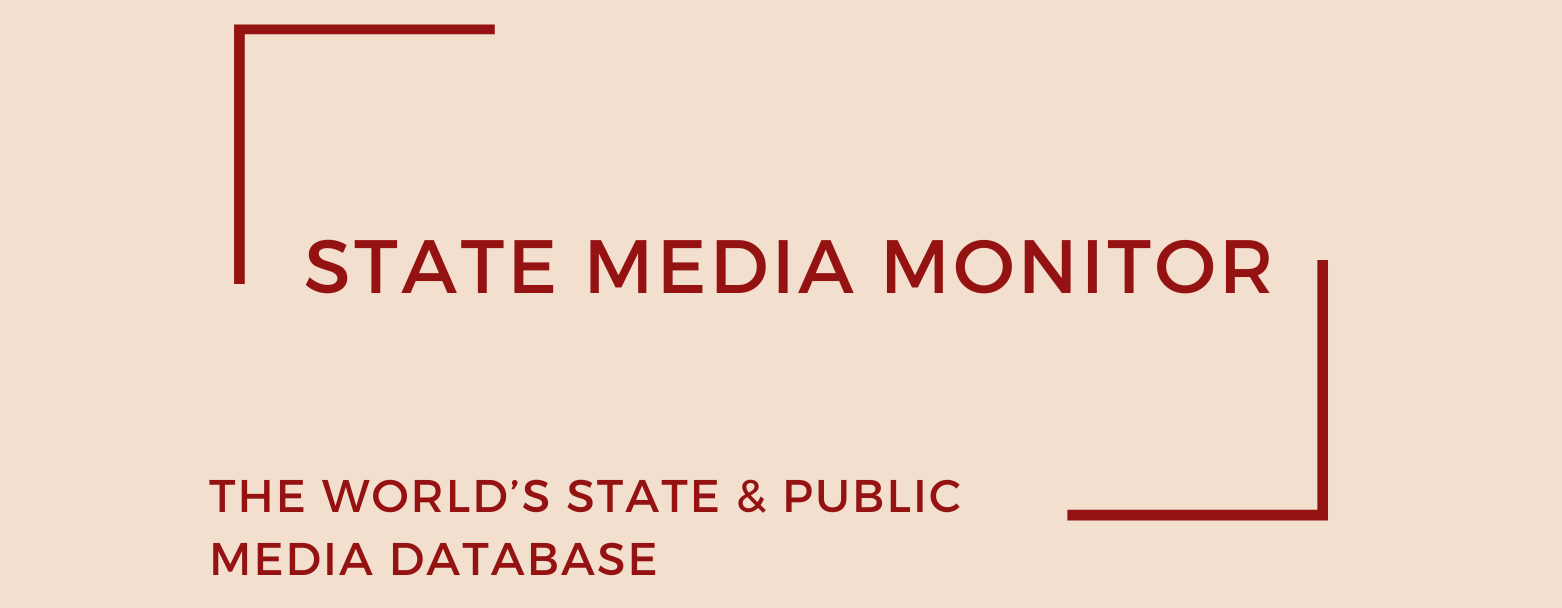Finnish Broadcasting Corporation (Yle)
Founded in 1926, Yle (Yleisradio) serves as Finland’s flagship public service media provider. It operates five television channels, Yle TV1, Yle TV2, Yle Teema & Fem, Yle Elävä Arkisto (online archive), alongside six national radio channels and services, including Swedish- and Sámi-language offerings, and its streaming platform Yle Areena.
Media assets
Television: Yle TV1, Yle TV2, Yle Teema, Yle Fem, Yle Elava Arkisto
Radio: Radio 1, YleX, Yle Radio Suomi, Yle Puhe, Yle X3M, Yle Vega, Yle Sámi Radio
State Media Matrix Typology
Independent State-Managed/Owned
Ownership and governance
Yle is structured as a limited liability company, nearly entirely state-owned (99.98%), as stipulated in Finnish public broadcasting law. Its highest governing body is the Administrative Council, composed of 21 members elected by Parliament, ensuring a buffer from direct governmental interference.
Yle continues to be led by CEO Merja Ylä-Anttila, who has overseen both the broadcaster’s digital transformation and its current programme of structural reforms. Her leadership is now being tested by the funding freeze and the need to implement substantial cost-cutting without eroding public trust in Yle’s services.
Source of funding and budget
Since 2013, Yle has been funded through a public broadcasting tax (the “Yle tax”), replacing the old license fee model. Individuals are taxed on a sliding scale (roughly €50–€140 annually), with exemptions for low-income earners. Individuals with a total earned and capital income of €14,000 or more per year contribute 2.5% of that income. Those earning less than €14,000 annually are exempt. The maximum contribution per person is capped at €163.
Organizations with annual income of at least €50,000 are also liable to pay. They contribute a base of €140 plus 0.35% of the amount exceeding €50,000, up to a ceiling of €3,000. Companies with incomes below the €50,000 threshold are exempt.
Before the introduction of this system in 2013, Yle had for most of its history been funded through a license fee levied on all households that owned a radio or television set. In line with its remit as a public service media organization, Yle is prohibited from broadcasting commercial advertising.
In recent years, Yle’s revenues have steadily increased, from €502.6m in 2021 to €548.4m in 2024, the Yle tax covering 98.4% of that.
However, a major policy change now clouds Yle’s financial horizon. From January 2025, annual index increases to Yle’s funding have been frozen by law through 2027. This decision deprives Yle of inflation adjustments worth approximately €16 million in 2025, €31 million in 2026, and €47 million in 2027, creating significant financial strain and forcing extensive restructuring.
Yle is undergoing its most significant restructuring in decades. In September 2024, the company announced wide-ranging reforms, including the consolidation of departments and a streamlined management structure. These moves are designed to enhance efficiency, reduce costs, and accelerate digital transformation in the face of tightening budgets. In late 2024, management began negotiations affecting around 1,700 staff, with a view to achieving €50 million in savings in the first phase (2025–26). Early estimates suggested up to 375 jobs could be cut. Yle’s workforce decreased slightly to 3,343 full-time equivalents in 2024.
Editorial independence
There are no government-imposed restrictions on Yle’s editorial strategy. On the contrary, the broadcaster is recognized for its strong editorial autonomy, high-quality programming, and balanced news coverage. This has been corroborated through a series of ad hoc content analyses undertaken for this project by the Media and Journalism Research Center in May 2021, March 2023, and May 2024.
Finland’s Constitution enshrines freedom of expression, and the country maintains a sophisticated legal framework for safeguarding media freedom. Some 25 separate acts relating to communications and mass media are currently in force, many of which serve to protect citizens’ rights. However, while there are broad guarantees, no specific statute explicitly establishes Yle’s editorial independence.
Oversight of public authority is provided by institutions such as the Parliamentary Ombudsman and the Chancellor of Justice. In addition, industry self-regulation is exercised through the Council for Mass Media. Nevertheless, there is still no independent mechanism devoted exclusively to monitoring or evaluating Yle’s editorial independence.
August 2025
Citation (cite the article/profile as part of):
Dragomir, M. (2025). State Media Monitor Global Dataset 2025.
Media and Journalism Research Center (MJRC).
Zenodo.
https://doi.org/10.5281/zenodo.17219015
This article/profile is part of the State Media Monitor Global Dataset 2025, a continuously updated dataset published by the Media and Journalism Research Center (MJRC).
